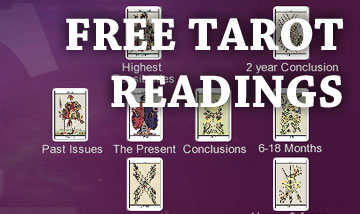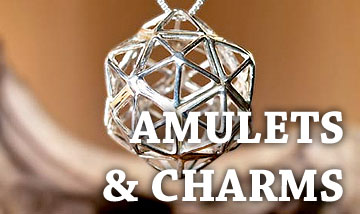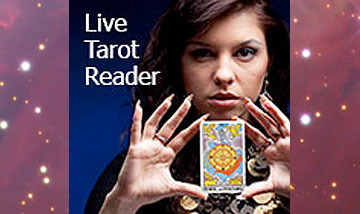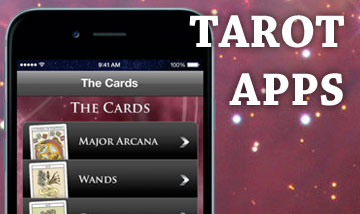Ley Lines
Ley Lines : were 're-discovered' by a
man called Alfred Watkins (1855-1935), on the 30th June 1921. 'Ley
lines, or Leys, are alignments of ancient sites stretching across the
landscape. Ancient sites or holy places may be situated in a straight line
ranging from two to several miles in length. A ley may be identified
simply by an aligned placing of marker sites, or it might be visible on
the ground for all or part of its length by the remnants of an old
straight track.'
Watkins noticed a straight line that passed over hilltops through various
ancient points of interest, while he was looking at a map for features of
interest. At the time Watkins didn't really have a theory about what
he had found; instead, on that June afternoon, "in a flash" he
saw 'a whole pattern of lines stretching across the landscape.' His
vision is described as follows in a book he titled, The Old Straight
Track, which appeared four years later in 1925.
"Imagine a fairy chain stretched from
mountain peak to mountain peak, as far as the eye could reach, and paid
out until it reached the 'high places' of the earth at a number of
ridges, banks, and knowls. Then visualise a mound, circular earthwork,
or clump of trees, planted on these high points, and in low points in
the valley other mounds ringed around with water to be seen from a
distance. Then great standing stones brought to mark the way at
intervals, and on a bank leading up to a mountain ridge or down to a
ford the track cut deep so as to form a guiding notch on the skyline as
you come up.... Here and there, at two ends of the way, a beacon fire
used to lay out the track. With ponds dug on the line, or streams banked
up into 'flashes' to form reflecting points on the beacon track so that
it might be checked when at least once a year the beacon was fired on
the traditional day. All these works exactly on the sighting line."
At first Watkins hypothesized that these ley lines or straight
tracks could be what was left of some prehistoric trading routes.
Later he associated ley lines 'with the Greek god Hermes (the Roman Mercury, the Norse Woden)
who was the god of communication and of boundaries, the winged messenger,
and the guide to travelers on unknown paths. Watkins identified
Hermes-Mercury with the chief god of the Druids.' Watkins argued that:
"A Celtic god, Tout, or in its Romanised form Toutates, is supposed to be what Caesar referred to, and this name has been found on a Romano-British altar. It is a fact that sighting mounds called Tot, Toot, Tout, Tute and Twt abound all over the Kingdom, and the root is probably Celtic... The fact that such mounds are mark-points on trackways strengthen the link..."
Despite the number of ley lines that 'traveled up
prohibitively steep hillsides', Watkins was only prepared to associate the
identification of leys with ancient traders' routes. Since Watkins
death in 1935, speculation about the actual meaning and purpose of ley
lines has carried on.
Today, there is a belief that ley lines are "lines of power"
linking prehistoric sites. This idea, according to Paul Devereux, can be
attributed to an occultist called Dion Fortune who made this link in her
1936 novel titled: The
Goat-Foot God (republished in 1971 by S. Weiser, New York, and in 1989
by Aquarian Press, Northamptonshire). Since then, ley lines have
been associated with UFO sightings, they have been thought to follow
cosmic lines of energy in the earth, and some people believe that they can
be detected by a method called dowsing, which is done using dowsing
rods.
In 1969,
in his seminal book, The View Over Atlantis author John Mitchell
took up the subject and discussed it within the context of geomancy.
By 1974, Geomancy, ley lines and any other esoteric earth related subjects
were now collectively referred to under the term of Earth Mysteries.
![]()
Alfred Watkins
Source: Inspiration, information and extracts for this topic are
from the Earth
Mysteries Website, written and presented by Chris Witcombe.
Useful Links
Earth
Mysteries Website
 DISCOVER TAROT ON iPHONE, iPAD AND ANDROID.
DISCOVER TAROT ON iPHONE, iPAD AND ANDROID.
Learn Tarot Card Meanings, what they mean when combined in a reading, test your knowledge in the Tarot Quiz and reveal what the future may hold with the Tarot Reading App.





